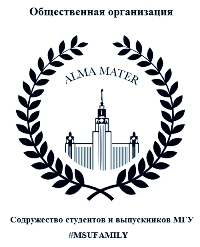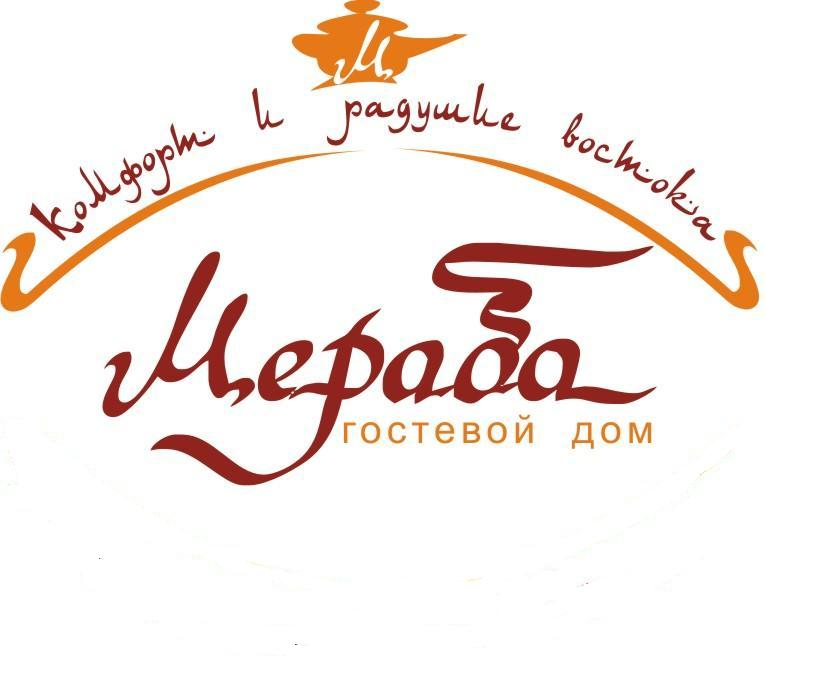МОЛОДЁЖНЫЙ ПРОЕКТ ДЛЯ ТЕХ, КТО ДЕЛАЕТ ПЕРВЫЕ ШАГИ В НАУКЕ
/components/bitrix/system.auth.form/auth_alm/images/login.gif) Войти
Войти /components/bitrix/system.auth.form/auth_alm/images/register.gif) Регистрация
Регистрация
Войти в корпоративную почту как автор/член редколлегии/рецензент журнала




Из ниоткуда в никуда: по фильмам «Розенкранц и Гильденстерн мертвы» Тома Стоппарда (1990) и «Мертвец» Джима Джармуша (1995)
Николаева М.Д.
Из ниоткуда в никуда: по фильмам «Розенкранц и Гильденстерн мертвы» Тома Стоппарда (1990) и «Мертвец» Джима Джармуша (1995)
Николаева Мария Дмитриевна, ученица 10 класса школы № 1199 (Москва).
В статье анализируется мотив пути в фильмах «Мертвец» и «Розенкранц и Гильденстерн мертвы». Рассказывается о литературной основе, присутствующей в обоих фильмах. Рассматриваются разные подходы авторов Тома Стоппарда и Джима Джармуша к использованию литературных источников и интерпретации их главных идей.
Ключевые слова: мотив пути, театр, условность, смерть, предопределенность, природа и цивилизация, мистицизм, экранизация, Уильям Шекспир, Том Стоппард, Уильям Блейк, Джим Джармуш.
Nikolaeva M.D. From Nowhere to Nowhere: according to the Films "Rosencrantz And Guildenstern Are Dead" by Tom Stoppard (1990) and "Dead Man" by Jim Jarmusch (1995)
Maria D. Nikolaeva, pupil of 10th class, School No 1199 (Moscow)
Author analyzes a motif of the path in two road-movies: the “Dead man” of Jim Jarmusch and the Tom Stoppard’s “Rosencrantz & Guildenstern Are Dead”, based on his play of the same name.
Both movies have literary foundations, which are Shakespeare’s “Hamlet” for the Stoppard’s play and film and William Blake’s poetry for the “Dead man”. Author compares the ways two directors use these foundations and shows that there are some similar motifs in these movies besides the motif of the road, such as motifs of the death, destiny and predetermination.
Also author analyses the differences between two works and shows: Tom Stoppard rationally plays with stage conventionality, using Shakespeare’s text like meccano for his own play, whereas Jim Jarmusch pays much more attention to conflict between nature and civilization, between reason and mysticism, and uses Blake’s poetry for building specific emotional atmosphere.
Eventually comparing all these secondary motifs helps the author analyze the main motif of both movies — the road-motif.
To sum up, the author shows us, how exactly and why the motif of the path differs in these two films.
Keywords: motive of the path, theater, convention, death, predestination, nature and civilization, mysticism, filming, William Shakespeare, Tom Stoppard, William Blake, Jim Jarmusch.












